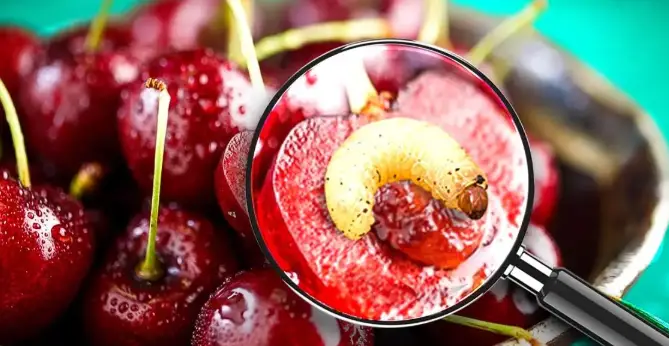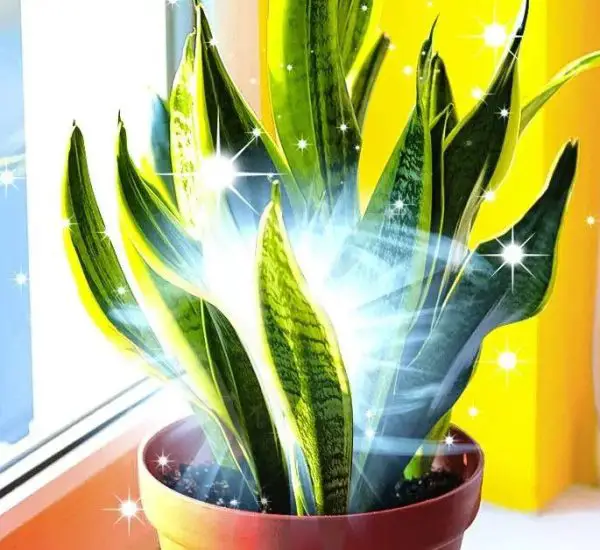Cherries are a beloved fruit, known for their sweet and tangy taste, and packed with vitamin C. They can be eaten fresh or used in jams, syrups, and desserts. However, cherries can sometimes fall victim to parasites that make them unfit for consumption. These parasites are usually white worms found near the stone of the fruit. Here’s how to tell if your cherries are safe to eat or infested with worms.
How Do Worms Infest Cherries?
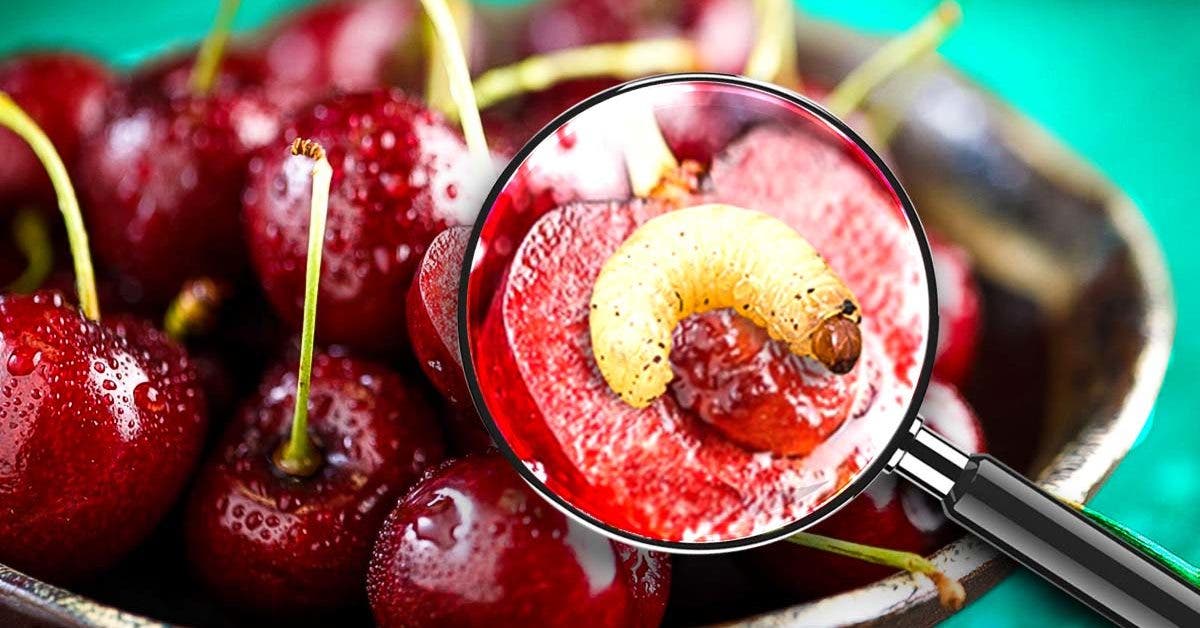
The white worms found in cherries are actually the larvae of certain flies that attack cherry trees. These flies, Rhagoletis cerasi and the smaller Drosophila suzukii (also known as the cherry fruit fly), lay their eggs in cherries between May and July. The flies feed on the sweet secretions of the cherries, and their larvae then feed on the pulp, causing damage to the fruit.
- Rhagoletis cerasi lays eggs under the skin of red cherries, and the larvae appear about 10 days later, feeding on the fruit’s pulp.
- Drosophila suzukii lays eggs in ripe and healthy cherries, and is more widely known for infesting other soft-pulp fruits, including strawberries, plums, tomatoes, and grapes.
Cherries that are infested by these worms tend to rot quickly due to bacteria and fungi that infiltrate the fruit when the flies puncture the skin to lay their eggs. This makes the cherries unfit for consumption.
Which Cherries Are Most Affected?
Late and mid-late cherry varieties are most at risk of being infested with these worms. However, early cherry varieties like Napoleon or pigeon hearts mature before the flies begin their first flight, meaning these cherries remain safe from worms.
How to Recognize the Presence of Worms in Cherries?
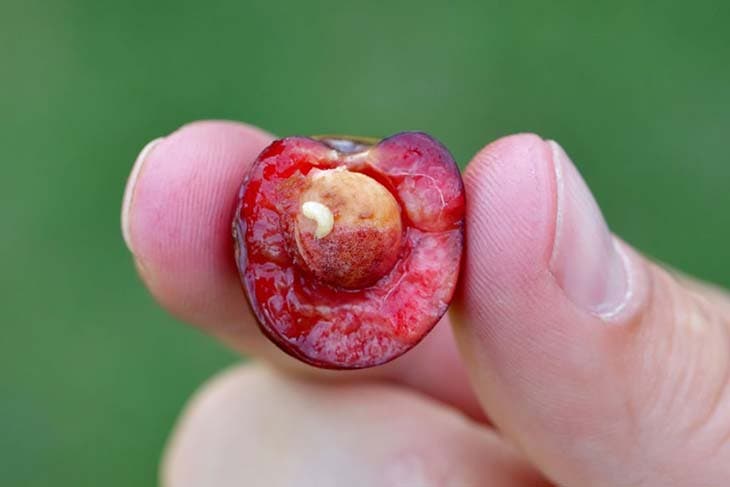
To check if a cherry has worms, observe the following characteristics:
- Healthy cherries: Firm to the touch, smooth skin, no moldy spots, and a green stem.
- Infested cherries: Look out for brown spots, soft texture, or overripe cherries. If a cherry is soft or has brown spots, it’s likely to be infested with worms.
How to Prevent Worms in Cherries
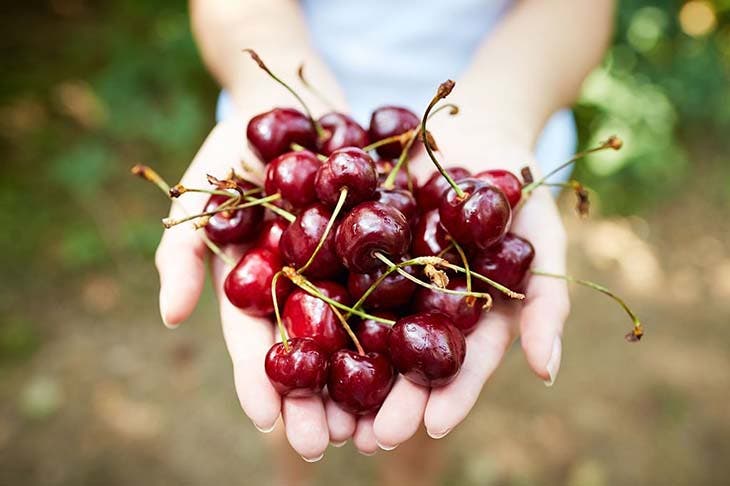
To avoid worms in your cherries, there are several steps you can take:
- Plant early varieties like Napoleon or pigeon hearts, which mature before the flies start laying eggs.
- Avoid planting fragrant plants near your cherry trees, as these can attract flies. Examples of such plants include barberries and honeysuckle.
- Remove overripe fruit from your cherry tree to reduce the attraction for flies.
- In the winter, clean and hoe the soil around your cherry tree to expose fly pupae, reducing the number of flies that will hatch in the spring.
- Install ecological traps like yellow sticky panels or pheromone traps to capture flies before they lay eggs on your cherries. These traps are environmentally friendly and can help keep your trees safe from infestations.
Important Notes About Worm-Infested Fruit
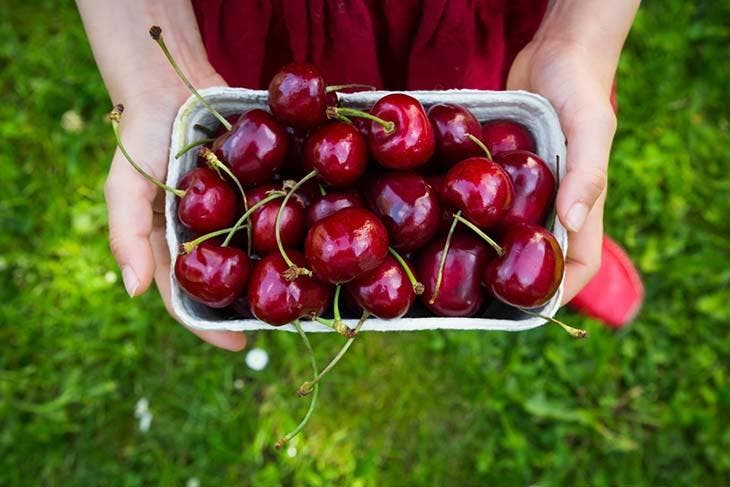
If you find cherries or other fruits that are infected with worms, discard them immediately and do not add them to your compost, as the larvae may continue to grow even after the fruit has fallen.
Conclusion: Check Your Cherries Before Eating
To ensure that your cherries are free from worms, always check their appearance before consuming them. A firm cherry with a smooth skin and green stem is likely safe to eat, while soft or overripe cherries with brown spots should be avoided. By following these tips and practicing preventive measures, you can enjoy your cherries without worrying about parasites.
